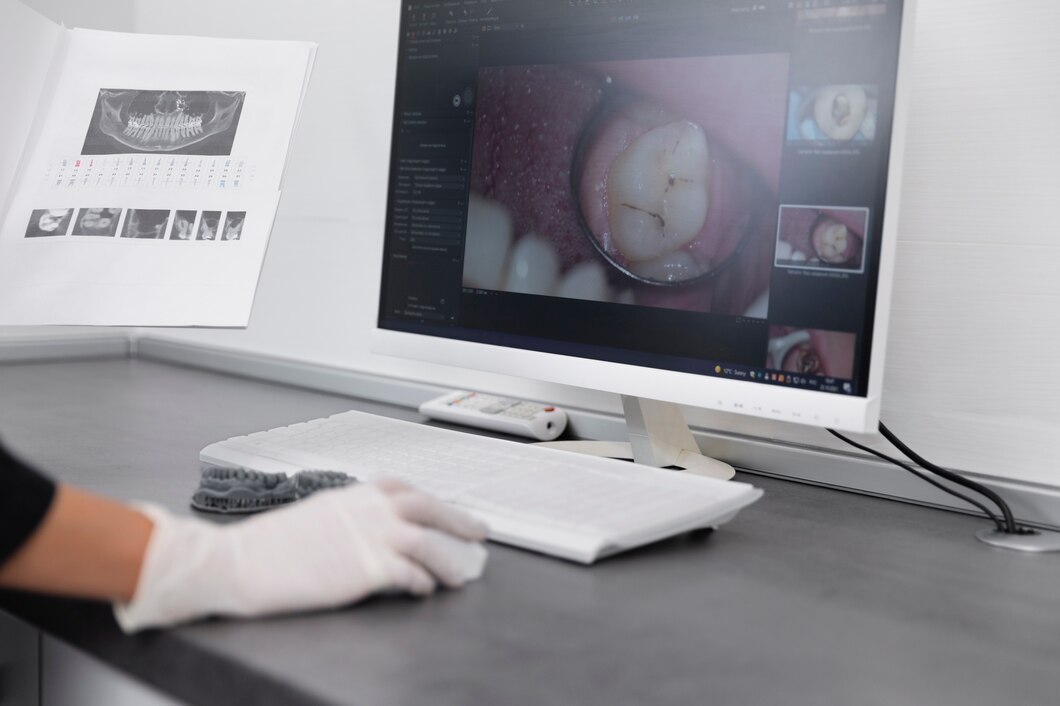Artificial intelligence (AI) has become a driving force across various fields, including dentistry. With its ability to analyze data quickly and accurately, AI offers numerous solutions for diagnosing and treating dental issues. This article explores how AI assists in diagnosing dental problems and highlights the latest innovations in this field, including those developed by Universitas Gadjah Mada (UGM).
1. Image Recognition and Analysis
AI plays a crucial role in image analysis, particularly in interpreting dental X-rays. Using deep learning algorithms, AI systems can detect issues such as tooth decay, gum disease, and other abnormalities with greater accuracy than the human eye. At UGM, researchers have developed a specialized AI-powered application to detect cavities, enhancing diagnostic accuracy while reducing analysis time.
2. Predictive Analysis and Treatment Recommendations
AI-based systems can analyze patients’ dental health histories and provide personalized treatment recommendations. By considering patient data, including dental disease tendencies, AI helps dentists design more effective and individualized treatment plans. Studies at UGM indicate that AI integration in diagnosis improves dentists’ decision-making by providing more comprehensive data insights.
3. Virtual Assistants and Chatbots
To offer fast and accessible information, many dental clinics now use AI-powered virtual assistants and chatbots. These tools allow patients to receive quick responses to common dental health questions, learn about treatment options, and even schedule appointments with dentists. This improves patient experience and broadens access to dental care information before an in-person consultation.
4. Data-Driven Learning
AI is a powerful tool for analyzing patterns and trends in dental health data. Using large datasets, AI can identify risk factors for dental diseases, providing valuable insights for dental professionals. At UGM, group discussions on AI development in endodontics have demonstrated how AI integration can assist in detecting complex root canal issues.
5. Education and Training
AI is also transforming dental education. Through AI-based simulation technologies, dental students can practice diagnosing and treating patients in a safe environment. This enhances their training before handling real patients. Events such as the annual symposium at UGM highlight the university’s academic commitment to incorporating advanced technology in dental education and practice.
***
The application of AI technology in dentistry has brought significant improvements to diagnosis and treatment methods. From advanced image analysis to personalized treatment recommendations, AI is transforming how dentists work and interact with patients. With the development of AI-powered detection applications like those at UGM, and a strong commitment to innovation, the future of dentistry looks more efficient and preventive. AI is expected to continue evolving, bringing substantial benefits to dental practice and education in Indonesia. This advancement supports the Sustainable Development Goals (SDGs), particularly: Goal 3: Good Health and Well-being and Goal 4: Quality Education.
Author: Rizky B. Hendrawan | Photo: Freepik



